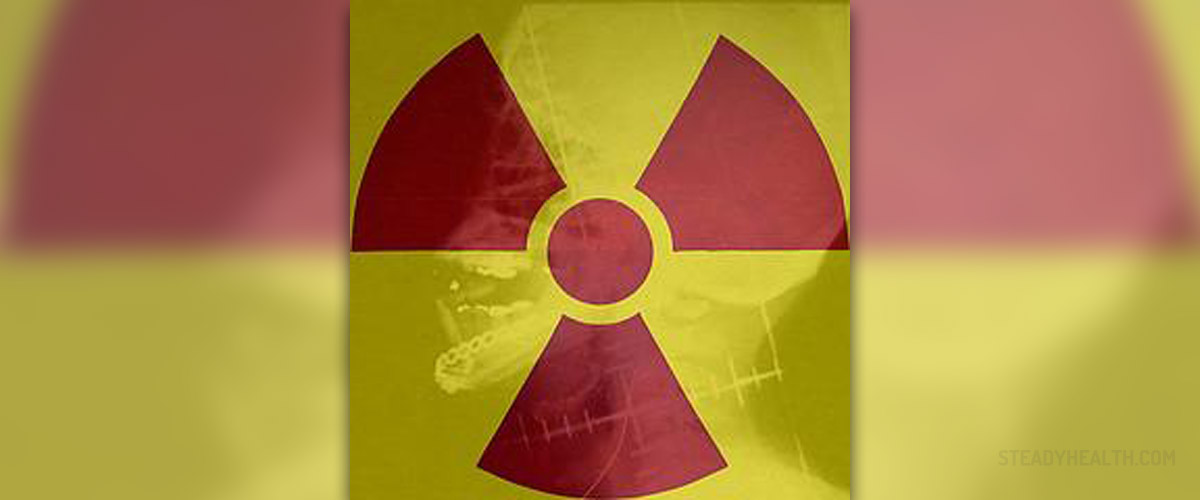
Radon in Water
Radon is a radioactive gas which does not have any smell ortaste and it can be found in natural form, especially in the water. Radon isthe second on the list of leading causes of lung cancer, right behind cigarettesmoking. Since it has been first discovered, the scientific world tried to comeup with an instrument which would be able to assess the concentrations of radonin waters. It is only in recent years that such instruments were finallydesigned, built to proper specifications, calibrated in a proper manner andtested extensively in the field. The government agencies everywhere around theworld have various recommendations concerning the protection of the publicagainst exposure to radon which can be found in the water supplies. There are differentrecommendations concerning the radon in the air and radon in the water, mainlydue to the fact that radon irradiates the human body in completely differentways if it is inhaled or swallowed. The risk associated with radon in drinkingwater is usually similar to the risk which is associated with breathing airwhich is characterized by radon concentration of 200 Bq per cubic meter. Therecommendations for all private water supplies which are the part of public or commercialactivity state that certain remedial actions need to be taken only if theconcentration of radon becomes more than 1,000 becquerels per liter of water.The same recommendations are commonly carried out for all individual types ofwater supplies which are not associated with any public or commercialactivities. In order to be measured, the amounts of radon of water need to besampled and then analyzed in the laboratory by utilizing various differentmethods. Such laboratory tests are rather expensive, they take quite a lot oftime and are very risky. This is mainly due to the fact that radon can onlyremain in its gas form when it is under considerable pressure and it tends todiffuse through various different types of materials which are commonly used forsealing of the samples and other laboratory matters. The aforementioned speciallydesigned instruments are very efficient in measuring the content of radon atthe very sampling point, all in real time. It saves a lot of time and money asit eliminates the need for any extensive laboratory tests. These types ofinstruments are also able to investigate the equilibrium between radon and itsshort lived decay products at the kitchen tap. There are also regulations whichneed to be applied in all workplaces which are characterized by a concentrationof radon which is more than 400 Bq per cubic meter. High levels of radonconcentration do not always call for some extensive protection measures as longas the exposure times can be kept significantly low.
Relevant Statistical Data
As already mentioned, radon is very harmful because it isone of the leading causes of lung cancer. Each and every home below the thirdfloor needs to be tested and mitigated if radon is more than 4pci per liter. Adesign for each new radon resistant home costs approximately 300 dollars. Onthe other hand, one needs to pay approximately 1,200 dollars to fix a homealready contaminated by radon. Average outdoor radon is somewhere around 0.4pci per liter, while the average indoor radon is approximately 1.3 pci perliter. Right now, there are more than 6 million homes which have more than 4pci per liter, and that means that every fifteenth home is contaminated.Fortunately enough, all different kinds of radon problems in homes can be fixedand the dreadful lung cancer triggered by excessive radon exposure can beprevented. It is the residential radon which poses a very serious environmentalrisk for all human beings everywhere around the world. Radon causesapproximately 10 percent of deaths associated with lung cancer.
Radon Myths and Legends
Due to its highly controversial nature, radon is commonlythe subject of various different types of myths and legends. Claims that highradon levels can only be found in affected areas, that it is a heavy gas whichcauses heavier concentrations downstairs, that remedial measures require thefloors to be dug up, that all houses with a higher concentration of radon areblighted, that radon may be good for one’s health, that radon remedial measuresare very noisy, that radon is only associated with problems in granite areas,that radon remedial measures cost tens of thousands of dollars, that radon maytrigger leukemia and other types of cancer beside lung cancer, that one’s housedoes not need to be tested only because the neighboring one does not have highconcentrations of radon and that those who want to build a house in areas characterizedby higher concentrations of radon need to measure the concentration of radon inthe ground first.









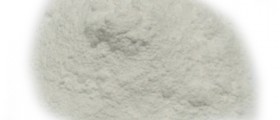
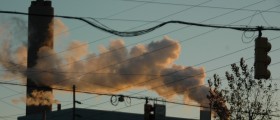
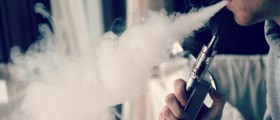



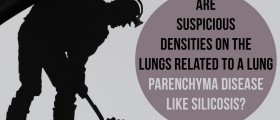

Your thoughts on this
Loading...